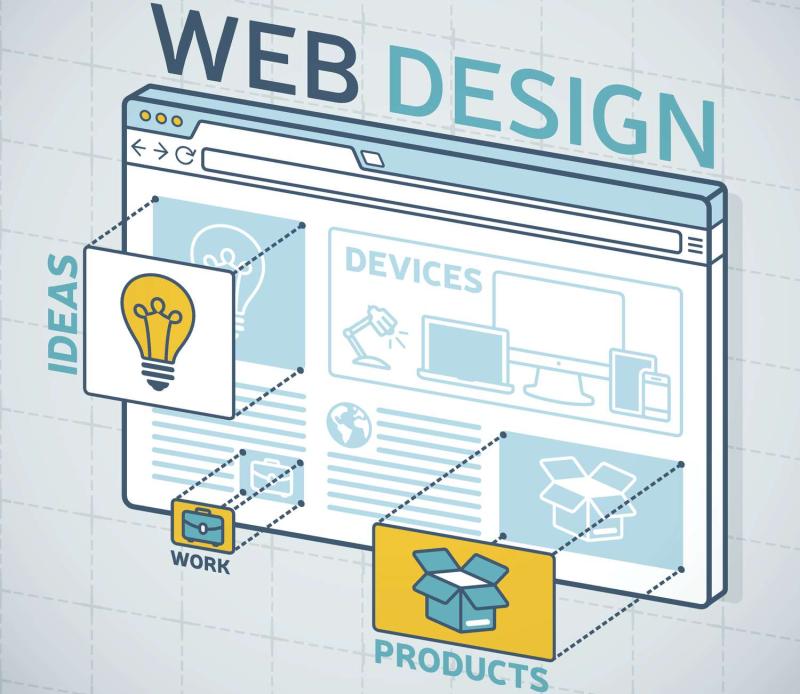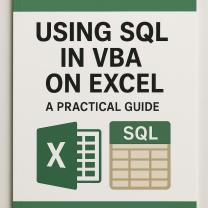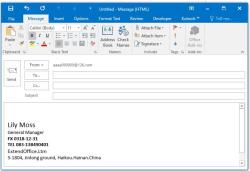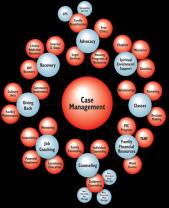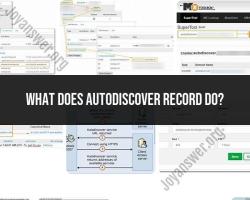How to build a website free?
Building a website for free is possible through various online platforms that offer free hosting and easy-to-use website builders. Here's a beginner's guide to creating a website for free:
Step 1: Define Your Purpose and Content
Before you start building your website, have a clear understanding of its purpose and the content you want to include. Whether it's a personal blog, portfolio, or a small business site, knowing your objectives will guide your design and content decisions.
Step 2: Choose a Free Website Builder
There are several website builders that offer free plans. Some popular options include:
Wix: Wix is a user-friendly platform with a drag-and-drop editor. It offers a free plan with Wix-branded domain (e.g., yourname.wixsite.com).
Weebly: Weebly is known for its simplicity. It provides a free plan with a Weebly-branded domain.
WordPress.com: WordPress.com is the hosted version of WordPress. It offers a free plan with a WordPress-branded domain (e.g., yourname.wordpress.com).
Strikingly: Strikingly is a website builder focused on single-page websites. It has a free plan with a Strikingly-branded domain.
Google Sites: Google Sites is a basic and straightforward platform. It's ideal for simple websites, and you can use a custom domain if you have one.
Step 3: Sign Up and Choose a Domain
Sign up for an account on the chosen platform. During the sign-up process, you'll be prompted to choose a domain. Free plans often come with a branded domain (e.g., yourname.wixsite.com). Some platforms allow you to use a custom domain if you have one.
Step 4: Select a Template
Choose a template that aligns with your website's purpose. Most website builders offer a variety of templates that you can customize to suit your needs.
Step 5: Customize Your Website
Use the website builder's tools to customize the template. Add your own text, images, and other content. Modify the layout, colors, and fonts to match your style and branding.
Step 6: Add Pages and Sections
Create and organize pages for different sections of your website. Common pages include Home, About Us, Contact, and Services/Products.
Step 7: Set Up Navigation
Ensure that your website has clear and easy-to-use navigation. Create menus to help visitors find the information they are looking for.
Step 8: Optimize for SEO
Optimize your website for search engines by adding relevant keywords to your content, using descriptive page titles, and enabling SEO settings provided by the platform.
Step 9: Preview and Test
Preview your website to see how it looks on different devices. Test links and ensure that all pages load correctly.
Step 10: Publish Your Website
Once you're satisfied with your website, publish it to make it accessible to the public. Remember that free plans may come with limitations, such as ads or restrictions on storage and bandwidth.
Building a website for free is a great way to get started, and as your needs grow, you can consider upgrading to a paid plan for additional features and a custom domain.
What are some methods to create a website without cost?
Here are several methods to create a website without any upfront cost:
1. Free website builders:
- Wix: A popular choice with a user-friendly drag-and-drop interface, hundreds of templates, and built-in features for e-commerce, blogging, and more.
- Weebly: Another easy-to-use option with a structured editor, good e-commerce features, and mobile-optimized templates.
- WordPress.com: The free plan of the popular WordPress platform, offering basic features and a limited selection of themes.
2. Subdomains:
- GitHub Pages: If you have basic coding knowledge, create a free website on GitHub Pages using HTML, CSS, and JavaScript.
- Google Sites: Simple website builder from Google, ideal for personal or small business sites.
3. Open-source CMS:
- WordPress.org: Download the free WordPress software and install it on a free web hosting provider (though these often have limitations).
4. Static site generators:
- Jekyll: Create static websites using Markdown files and host them for free on GitHub Pages or Netlify.
5. Online portfolio platforms:
- Behance: Showcase your creative work on this platform for designers, artists, and photographers.
- Crevado: Another free portfolio platform with customizable templates and unlimited projects.
Important considerations:
- Features: Free options often have limitations in features, storage, or bandwidth.
- Ads: Some free plans display ads on your website.
- Customization: Customization might be limited compared to paid plans.
- Professionalism: For a fully professional appearance and complete control, consider investing in a paid plan or hiring a web developer.
